W0C/FR-160
Pierson Mountain
2988 m / 9803 ft
Nov 15, 2013
Aug 30, 2014
by KX0R
Pierson Mountain is a moderate, pleasant summit to climb, and it offers a fun SOTA activation on the right day. My hikes to the summit were long, interesting trips through a beautiful area rich in history. This report covers my hike on Aug 30, 2014.
I chose a route that begins in Hermit Park, a few miles south of Estes Park. There are several other ways to approach Pierson, which stands in an isolated part of the Roosevelt National Forest. The September 2013 floods did heavy damage to the region east of Longs Peak. The area around Pierson was affected by the flooding, and many roads and trails were officially closed after the floods. Most of the closed trails have been re-opened to foot travel, including the route described here, so getting to Pierson is not difficult.
The trailhead I used is at the southern gate of the main Hermit Park access road. To reach Hermit Park, drive from Lyons northwest on Route 36. Several miles north of Pinewood Springs, travel through a long ascending meadow area; just south of the top of the big hill that descends to Estes Park, turn left at the sign to Hermit Park. This is a Larimer County Open Space Park, and a fee is required for entry. Drive into the Park and follow the unpaved main road for several pleasant miles, all the way to the gated end, with a large parking area near a huge meadow. Click this link for a map!
Google maps show this road, but those maps don’t show most of the other key roads and trails used for this hike. Be sure you have a topo map before proceeding further; a GPS with detailed maps is useful also.
From Hermit Park follow the marked trail to Homestead Meadows. This route begins on a gated road along the meadow, and then it heads off into the woods as a trail up over a saddle. Next the trail descends to a gated jeep road that ascends again, and that leads all the way to the Homestead Meadows in the National Forest. There are several old historical buildings around the Meadows, and this area is a popular hiking destination.
Unfortunately the 2013 floods destroyed the popular trail up Lion Gulch, and that access route is currently closed. See my report on my Nov 15, 2013 activation. When the Lion Gulch Trail re-opens, it will provide a shorter access than the Hermit Park route.
Follow the Homestead Meadow road southeast past Lion Head on the west and Lion Gulch to the east, and circle all the way around the southeast end of the Lion Head ridge. Follow signs to the Engert Homestead, the Hill Homestead, and Pierson Park. Continue up over a low ridge, and then down about ½ mile to the southwest on an eroded jeep road. There is a sign on the west side of the road marking the trail to the Hill Homestead, up in the valley that ascends between Pierson and Lion Head – follow this path. The trail gets better as it ascends – eventually the old Hill Homestead ruins appear on the east side of the trail, along with other artifacts from about 100 years ago. This is a nice spot for a break and photos. There may be creek water available here, if you have a pump-filter.
It’s about one mile and 1000 vertical feet up to the saddle between Lion Head and Pierson, from where the path leaves the jeep road. Head southwest from this saddle, follow a game trail through the woods, and ascend the ridge to Pierson. This path leads up the slopes just east of the ridge-top. Go over or around a false summit, and continue south along the ridge for about 1000 feet to the actual summit.
The pleasant forested area of the peak is ideal for setting up and activating. There are large pine trees available for antennas – no pole is required.
- Aug 30, 2014 Activation Site near Pierson Mountain Summit
- Pierson Mountain Radio Gear
The amazing view west reveals a huge recent mudflow on the east side of Twin Sisters Mountain. From Pierson you can see most of the National Forest between the Peak-to-Peak Highway and Route 36. Very few people live up there, and it’s near-wilderness, especially after the 2013 flood.
It’s possible to take a short-cut from Homestead Meadows up across the Lion Head ridge and access the saddle between Lion Head and Pierson by a more direct, steeper route. This is a bushwhack trip, and some posted private land must be avoided.
The longer route described above is actually more reasonable, because it’s relatively flat, the hike is fast, and it’s very safe. With a little extra time, you can visit several of the homesteads to see what life was like for the early settlers in this isolated, beautiful area.
- Brown Homestead on Return Trip to Hermit Park
- Brown Homestead Details
Pierson can also be accessed more directly from the East Fork of Fish Creek northwest of Pierson and Lion Head. I have not hiked that area, but I believe there is a practical route over there; in particular, there is a trail up the west side of the Pierson-Lion Head saddle. There is private land that must be avoided – a large ranch is visible below Pierson on the west side.
One advantage of hiking from Hermit Park, aside from the wonderful scenic tour of the Homestead Meadows, is that Kenny Mountain can be activated during the same expedition, with only a few additional miles added to the loop. With the Lion Gulch Trail currently closed, getting to Kenny is not easy, so it may be worth planning an all-day SOTA dual-activation trip to make the most of this long hike.
See my report on Kenny Mountain W0C/FR-055.
- View north To Estes Park and the Mummy Range in Rocky Mountain National Park
- Rain Shower in Homestead Meadows on Return Trip to Hermit Park
- Gentians in Homestead Meadows
- Pierson Mountain and Lion Head South Ridge from Kenny Mountain
73
George Carey Fuller
KX0R
![]() !! WARNING !! There are old mountaineers, and
bold mountaineers... there are no old-bold mountaineers.
Hiking and mountain climbing are potentially hazardous activities particularly in Colorado with its extreme elevations. I am not accepting responsibility for any death or injury resulting from activations based on my trip reports. Proper training, experience, and personal capability assessment is required - enjoy!
!! WARNING !! There are old mountaineers, and
bold mountaineers... there are no old-bold mountaineers.
Hiking and mountain climbing are potentially hazardous activities particularly in Colorado with its extreme elevations. I am not accepting responsibility for any death or injury resulting from activations based on my trip reports. Proper training, experience, and personal capability assessment is required - enjoy!











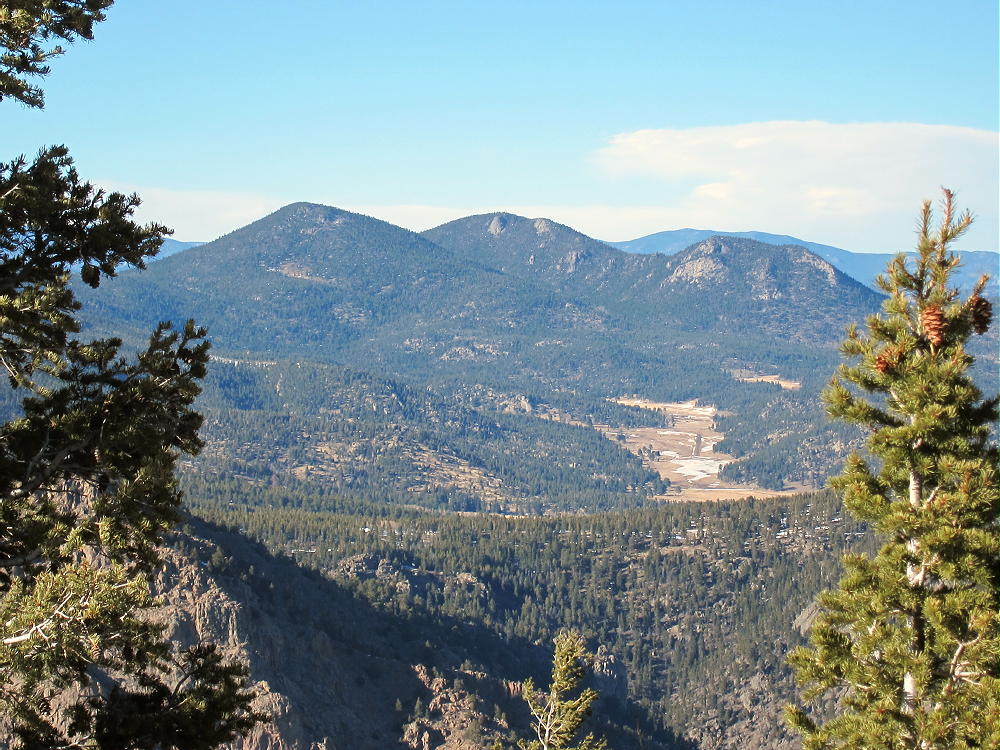
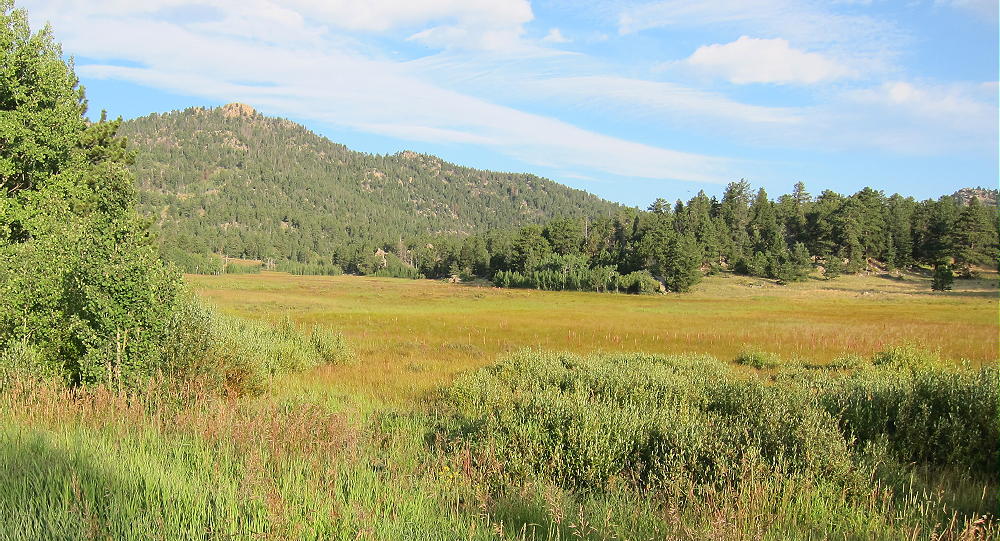
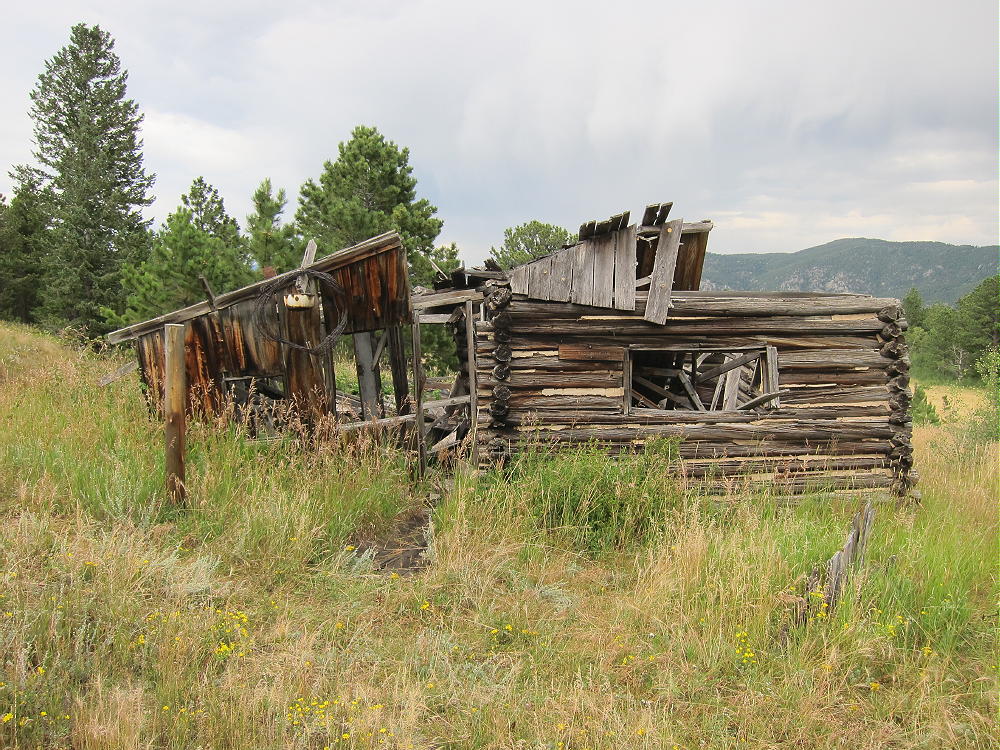
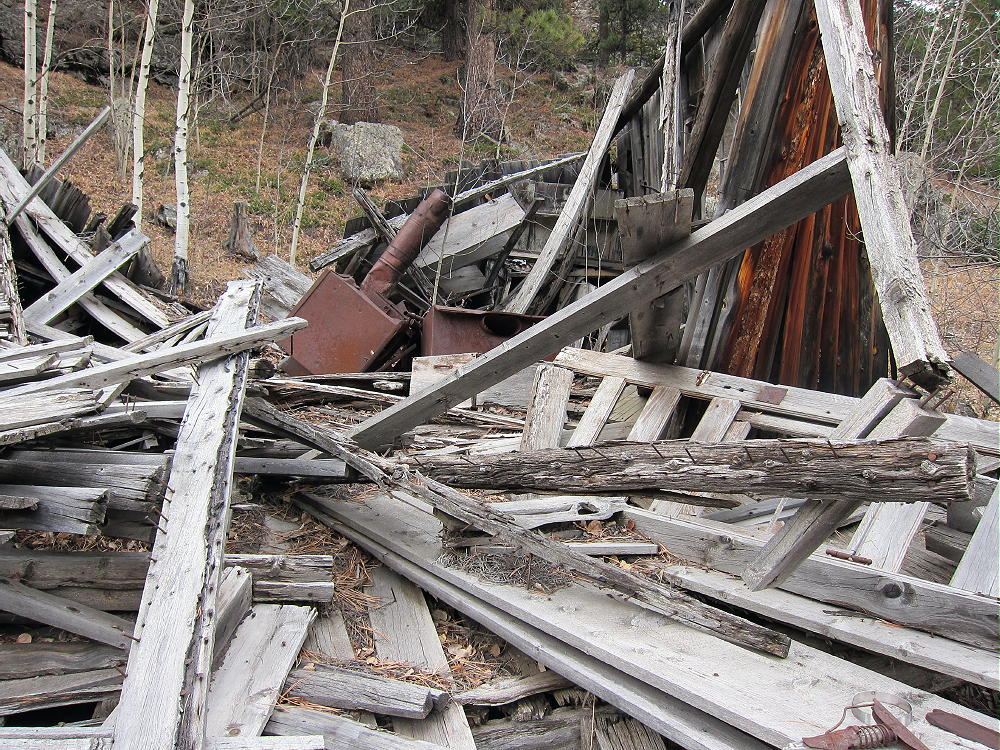
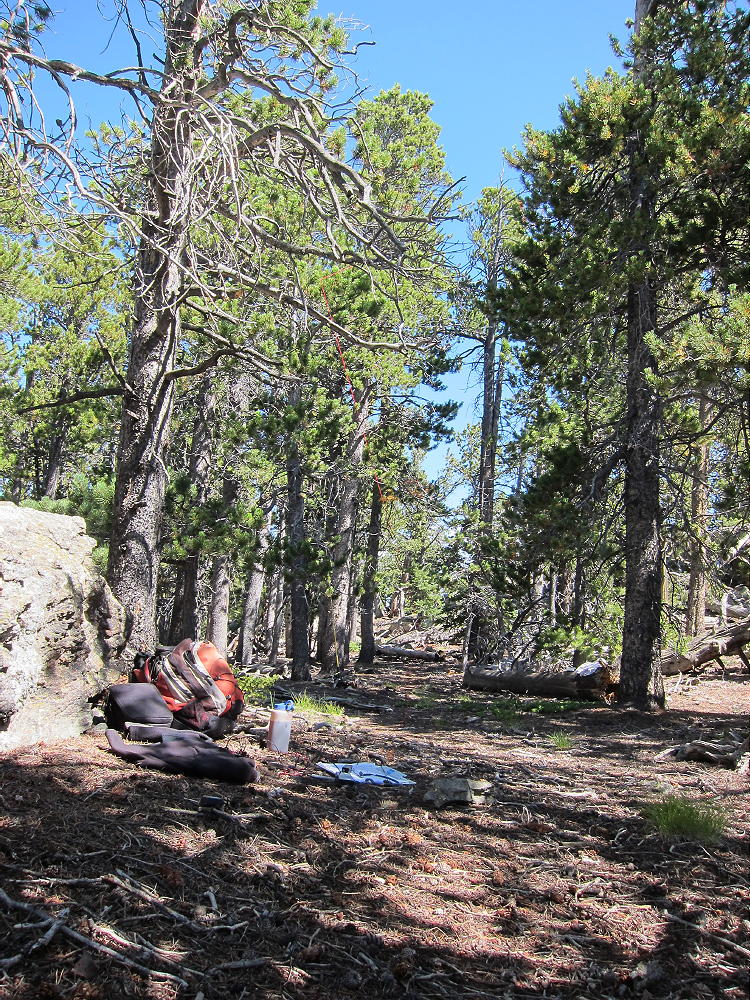
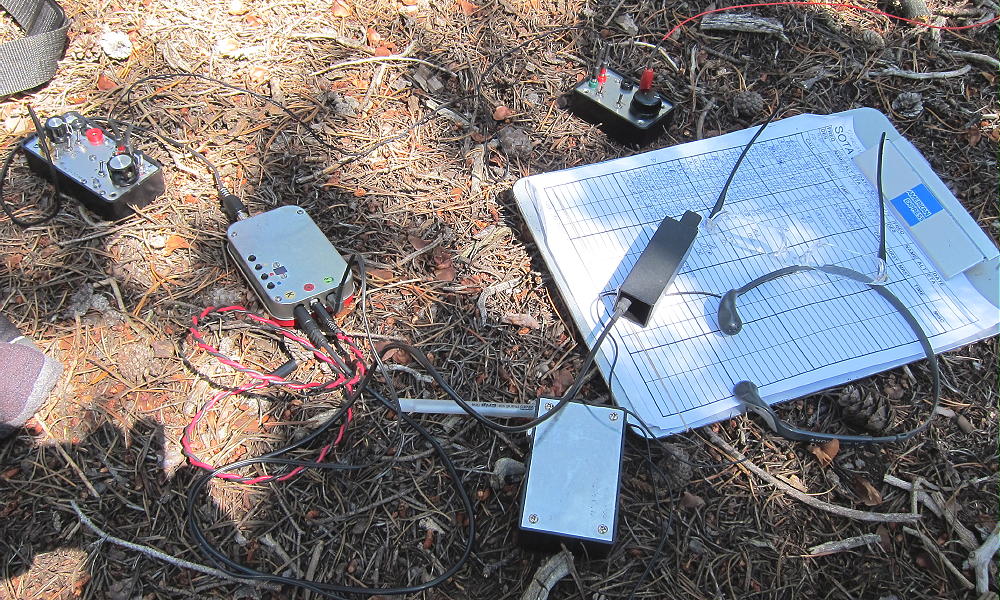
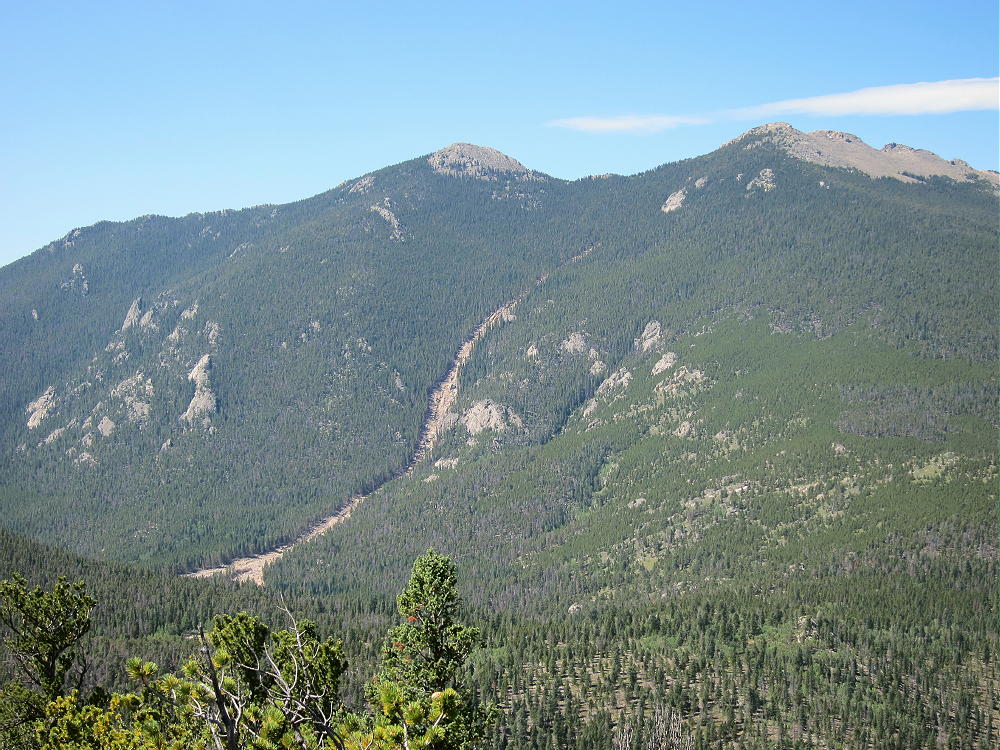
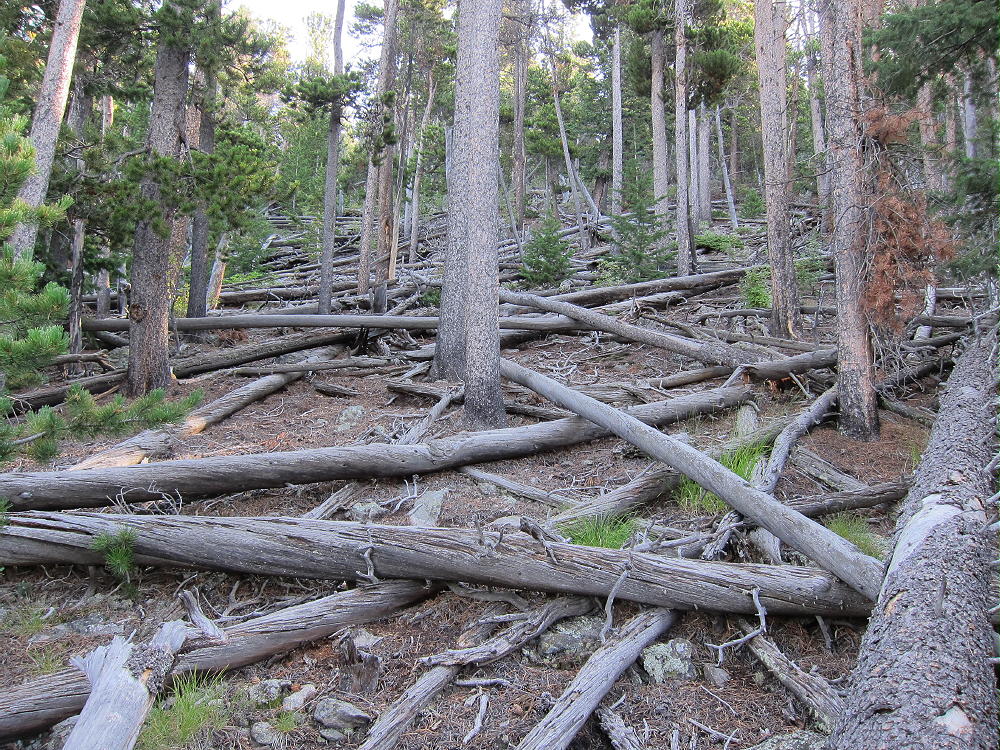
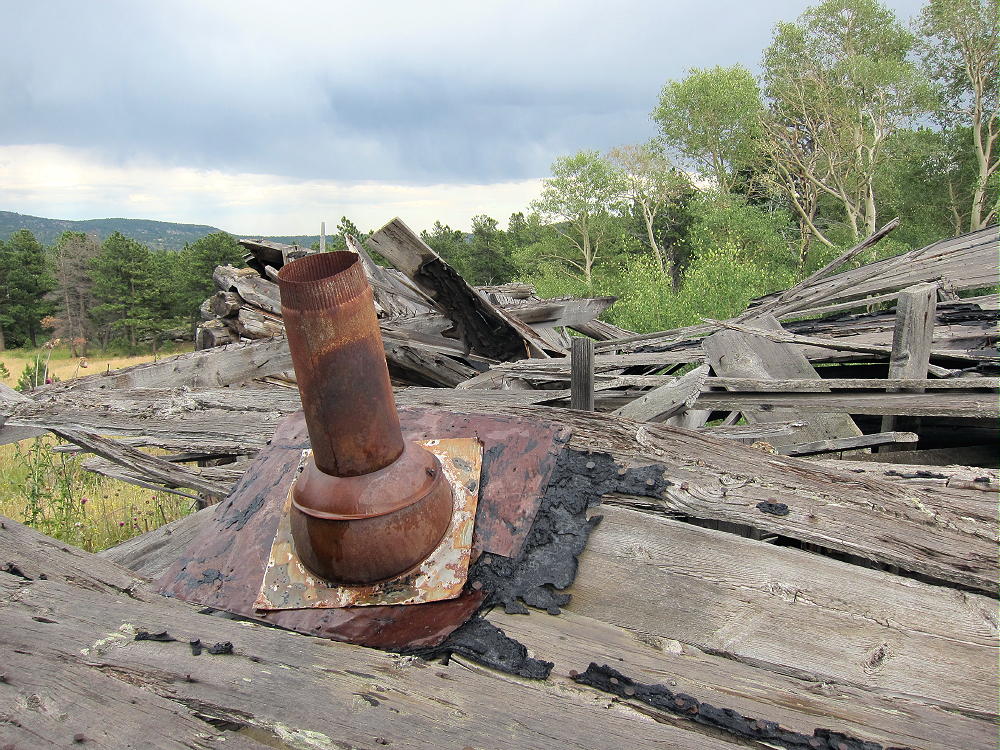
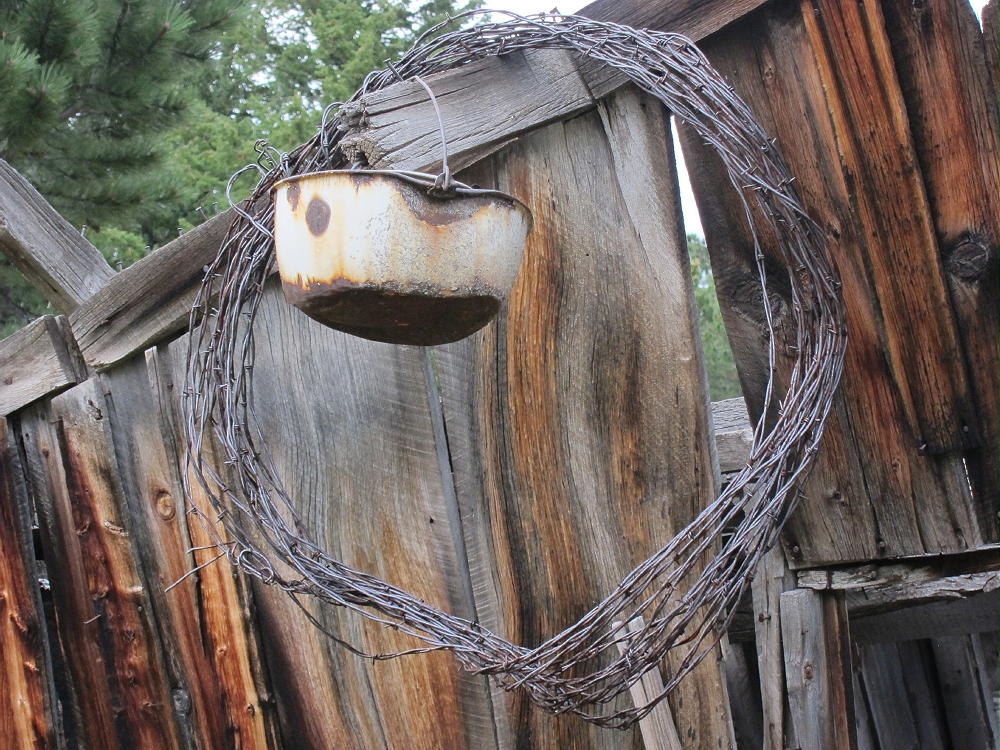
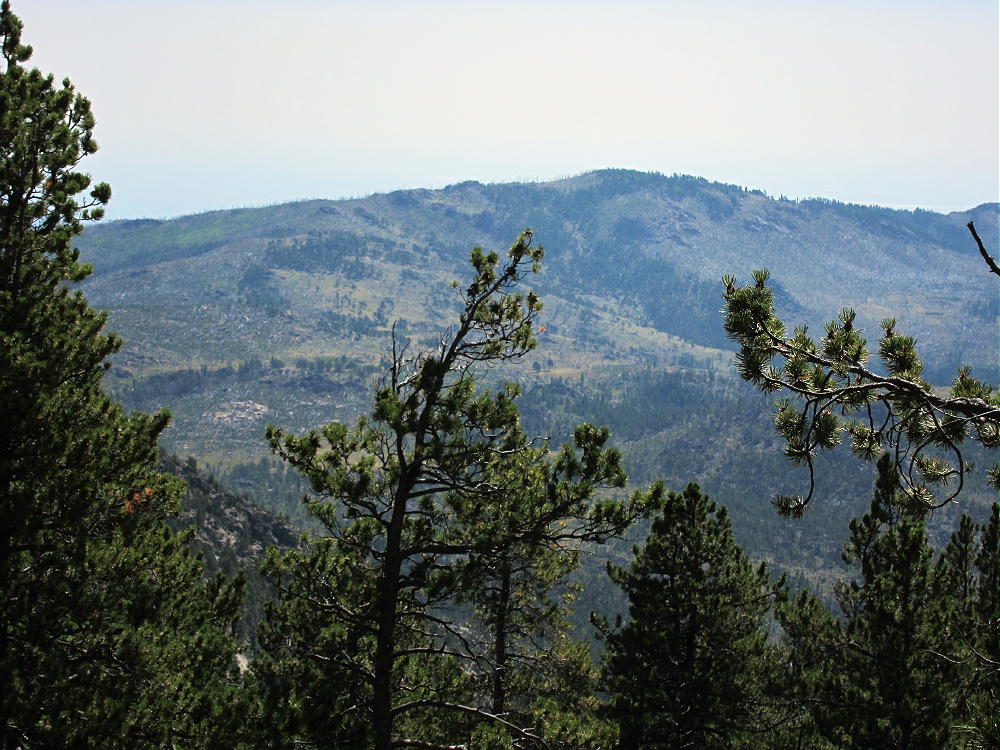
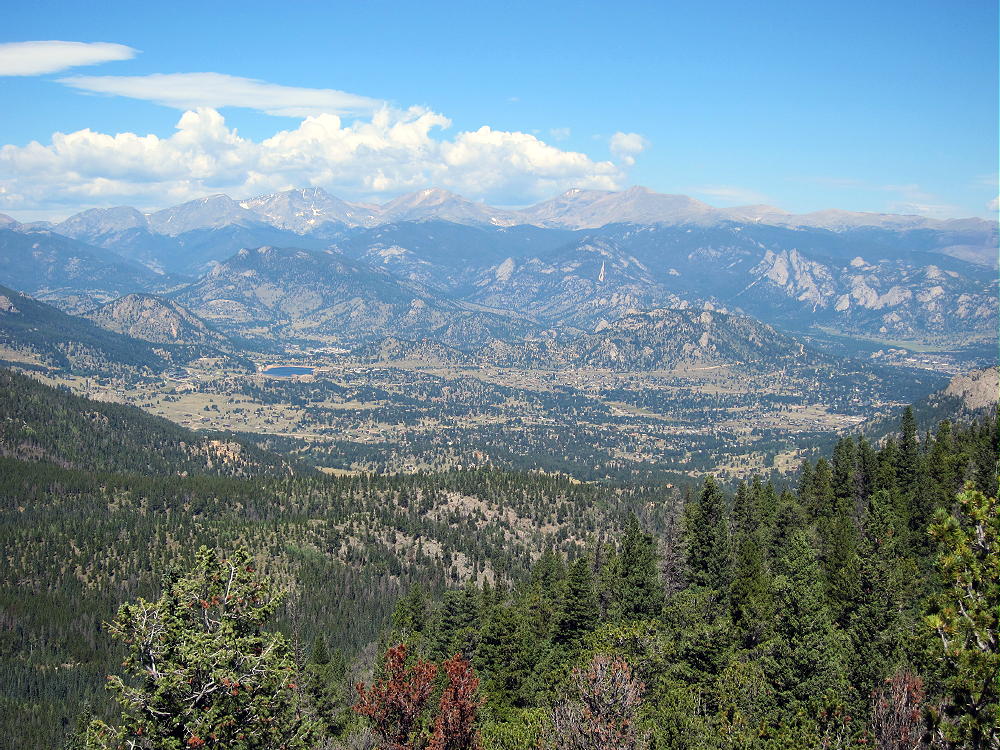
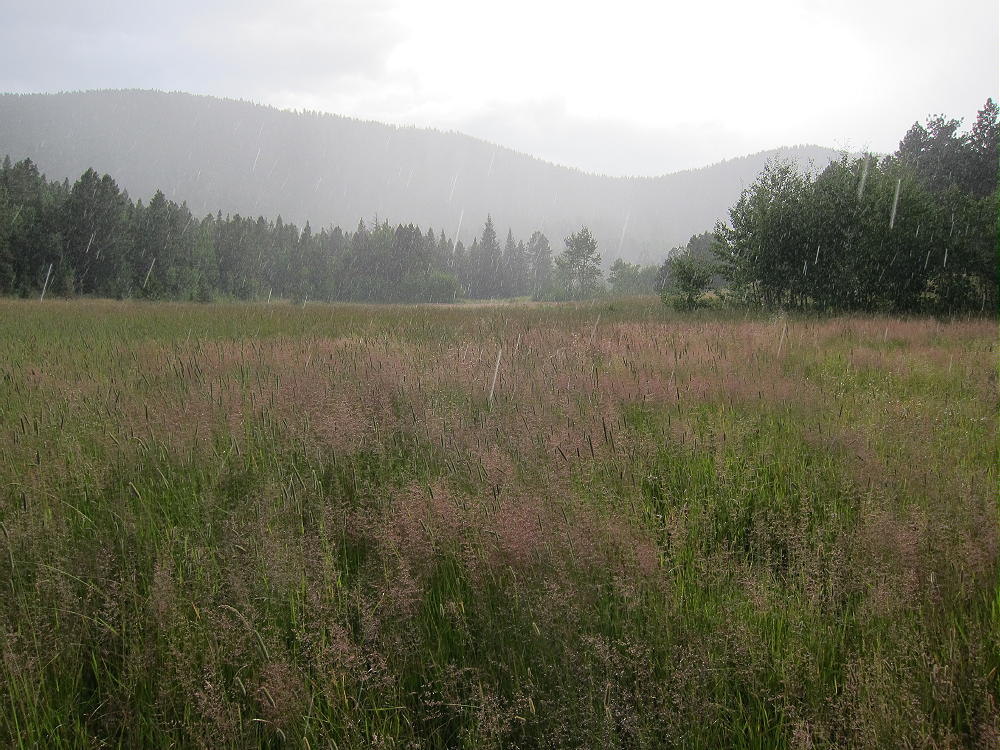
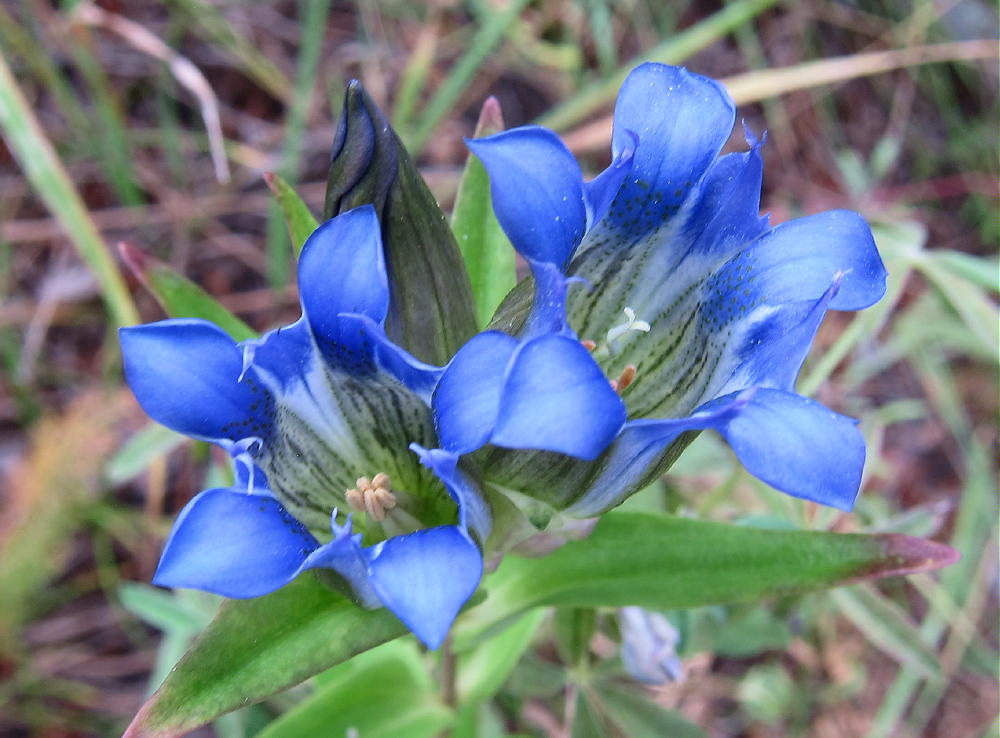
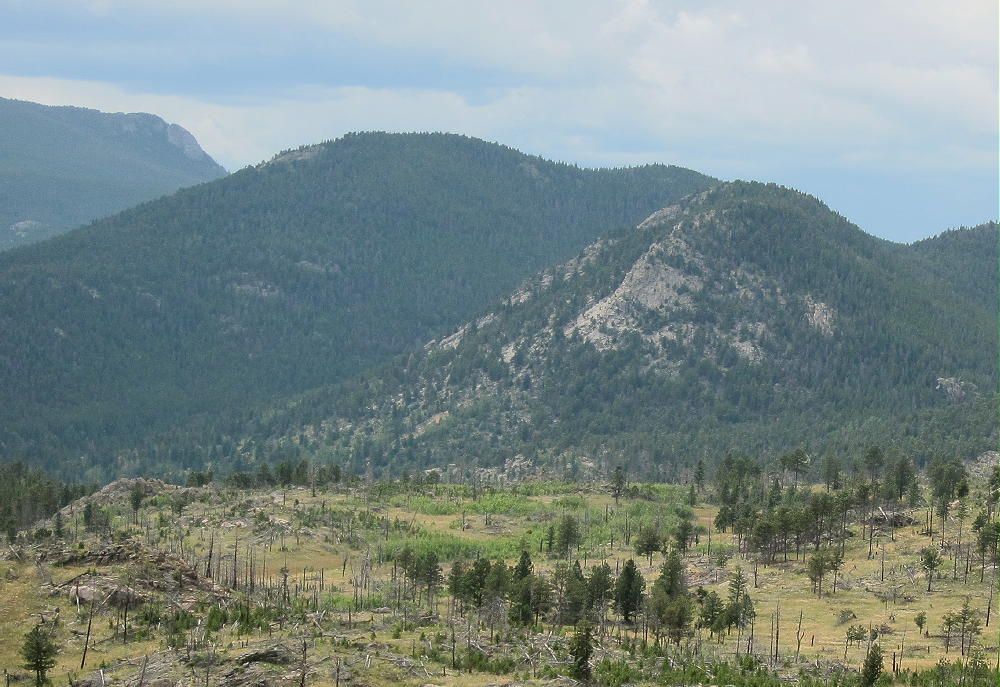
Beautiful picture’s. As if I were there. John,K8LJG
John,
Thank you! It’s a wonderful place. The homesteaders were in there 100-90 years ago. If you google “Homestead Meadows” you can find out more. There’s no road access to the public, so the place is somewhat protected.
73
KX0R
Pingback: W0C/FR-055 (Kenny Mountain) – 2826 m / 9290 ft | SOTA outings by KØMOS and contributors